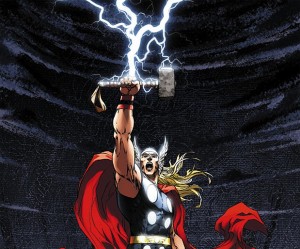Text
DO – In scene shop construction, “every tool is a hammer, except for a screwdriver, which is a chisel.” Basically what that means is you can use anything to bang something (like getting a stubborn bolt through a hole), but a screwdriver you use for cutting things like a chisel.
Context
The informant was working on constructing a set for a theatrical performance, when a coworker asked for a hammer for a bolt they were struggling with. The informant walked over, grabbed their measuring tape, and whacked the bolt into place. Then they recited the proverb.
Analysis
There is a tool for every function one might need when constructing a theatrical set, props, furniture, etc. Some of these tools are very bizarre in appearance, have no obvious appearance upon first glance, or have only one, minuscule function that may get used only once every few years because it is not a common technique. Other tools have always remained relatively the same, like the hammer and chisel. That may be because… anything can be used like a hammer to smash something, and any strong sharp thing can chip away at a softer material.
Wood shops will likely have hammers that are made to be durable, ergonomic, highly engineered improvements on the most rudimentary tools humanity has always had. But sometimes they aren’t within reach or you weren’t expecting to need a hammer so you didn’t bring one. Same for specially crafted chisels. But theater construction is fast-paced, and usually, rudimentary tools and basic hand-eye coordination will do the job just as well and way faster than going to get a real hammer or chisel.

